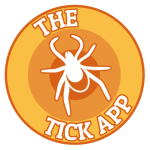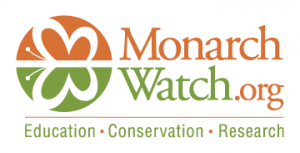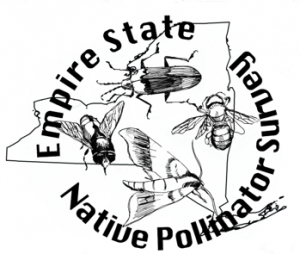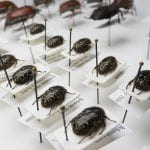by Mary Carol Presutti, New Windsor Master Gardener Volunteer
Between now and mum season there are a few things you can do to get a head start for spring cleanup with minimum fuss.
Weed
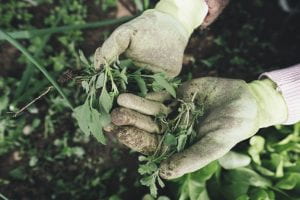 This is a perfect time to get a start on weed management for the spring. Shorter days and colder weather in the months ahead will reduce the activity of plant growth. You want to keep the process as natural as possible. Pull weeds to your hearts content without overly disturbing the soil. Don’t use hoes or rakes, and don’t turn the soil over unless you must. When you disturb the soil too much seeds resting on top of soil get planted in the loose soil, and seeds deep in the soil are brought closer to the surface where they will be able to sprout. Every time you move soil around without a purpose, the roots and seeds of unwanted plants are given the go ahead to sprout away.
This is a perfect time to get a start on weed management for the spring. Shorter days and colder weather in the months ahead will reduce the activity of plant growth. You want to keep the process as natural as possible. Pull weeds to your hearts content without overly disturbing the soil. Don’t use hoes or rakes, and don’t turn the soil over unless you must. When you disturb the soil too much seeds resting on top of soil get planted in the loose soil, and seeds deep in the soil are brought closer to the surface where they will be able to sprout. Every time you move soil around without a purpose, the roots and seeds of unwanted plants are given the go ahead to sprout away.
Organic Weed Management – Cornell University
Mulch
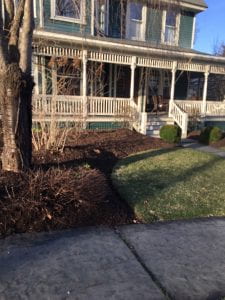 Bare soil is an invitation for weeds to… well, put down roots! Cover weeds that you want gone by the spring with a layer of weighted cardboard. Sometimes I think I shop online more for the cardboard shipping boxes then for what’s inside. I also love using sheets of bark from my fireplace wood in and around my garden plants. Tree bark adds nutrients, cuts down on weed growth, and is a good insulator for tender plants. Grass clippings or shredded leaves make a nice winter mulch, but cut up leaves soon after they fall to the ground before insects and small animals take shelter. Rake only the leaves you need to, leaving a goodly amount for insects to find winter cover.
Bare soil is an invitation for weeds to… well, put down roots! Cover weeds that you want gone by the spring with a layer of weighted cardboard. Sometimes I think I shop online more for the cardboard shipping boxes then for what’s inside. I also love using sheets of bark from my fireplace wood in and around my garden plants. Tree bark adds nutrients, cuts down on weed growth, and is a good insulator for tender plants. Grass clippings or shredded leaves make a nice winter mulch, but cut up leaves soon after they fall to the ground before insects and small animals take shelter. Rake only the leaves you need to, leaving a goodly amount for insects to find winter cover.
Organic Garden Mulches to Conserve Moisture and Prevent Weeds – South Dakota State University Extension
Leave the Leaves – Xerces Society for Invertebrate Conservation
Seed
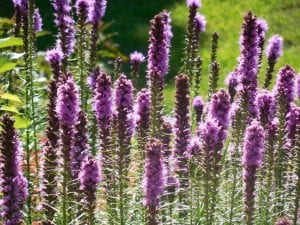
There are so many plants that seed themselves if you leave them be, although you must be patient as they will need a year or two to establish themselves from seed. Here are a few of my favorites
- Anise hyssop (Agastache foeniculum)
- Blazing star (Liatris spicata)
- Catmint (Nepeta spp.)
- Eastern purple coneflower (Echinacea purpurea)
- Milkweed (Asclepias spp.)
- Verbena (Verbena spp.)
Self-Seeding Perennials – University of Minnesota Extension
Which flowers are self-sowing? – University of New Hampshire Extension
Collect Seeds
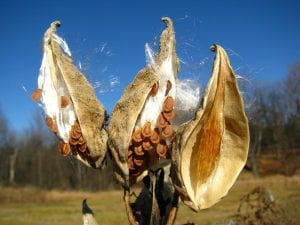
I love collecting seeds and seed heads as they mature throughout the year. I either give them to friends or propagate them in other areas of my own garden. Make sure you collect seeds from plants that produce viable seeds. Some cultivars are bred to be sterile, and hybrids may produce seed, but the offspring will not necessarily resemble the parent plant. It is best to stick with uncultivated species and their varieties. Seeds and seed pods vary greatly. Milkweed produces seed pods which open to disperse seeds, while catmint, verbena, and blazing star produce seed heads after the plants flower. Research gathering techniques, proper storage, and how to plant different kinds of seeds in your garden.
Saving Seeds from Annuals and Perennials – The National Gardening Association
How to Collect and Store Seeds – Lady Bird Johnson Wildflower Center
Disease Management
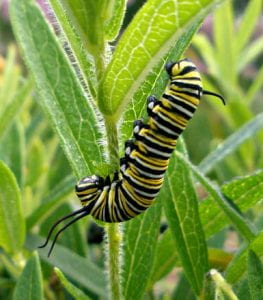
If you grow native milkweeds, consider cutting back the plants this month to discourage next year’s growth from harboring any diseases that may have been left by this year’s monarchs. The most prevalent is Ophryocystis elektroscirrha, a parasitic protozoan that affects caterpillars. An infected monarch butterfly can host thousands of these parasites on their wings. Dispose of the cuttings with your regular trash instead of composting.
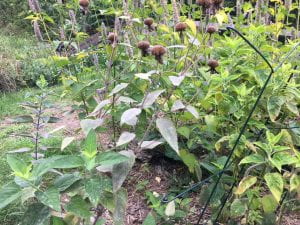
The stems and leaves of diseased plants should also be cut and disposed of in the trash as well. A good example is wild bergamot (Monarda fistulosa), which is very susceptible to powdery mildew. If left alone the mildew will overwinter on the old stems and may transfer to new growth in springtime.
Powdery Mildew of Ornamentals – Cornell Cooperative Extension Nassau County
Create Habitat for Pollinators
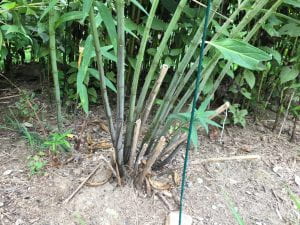
One way to help local native bee populations is to encourage nesting in your garden. Cut back some of the hollow-stemmed plants like Joe-Pye weed (Eutrochium spp.) and milkweed leaving them about a foot tall as to create a space for cavity nesting bees to nest. For the ground nesting bees, avoid heavy wood mulches which are impossible for these small insects to burrow into.
Pollinator Nesting Resources – Xerces Society for Invertebrate Conservation
Wild Bees of New York – Cornell University

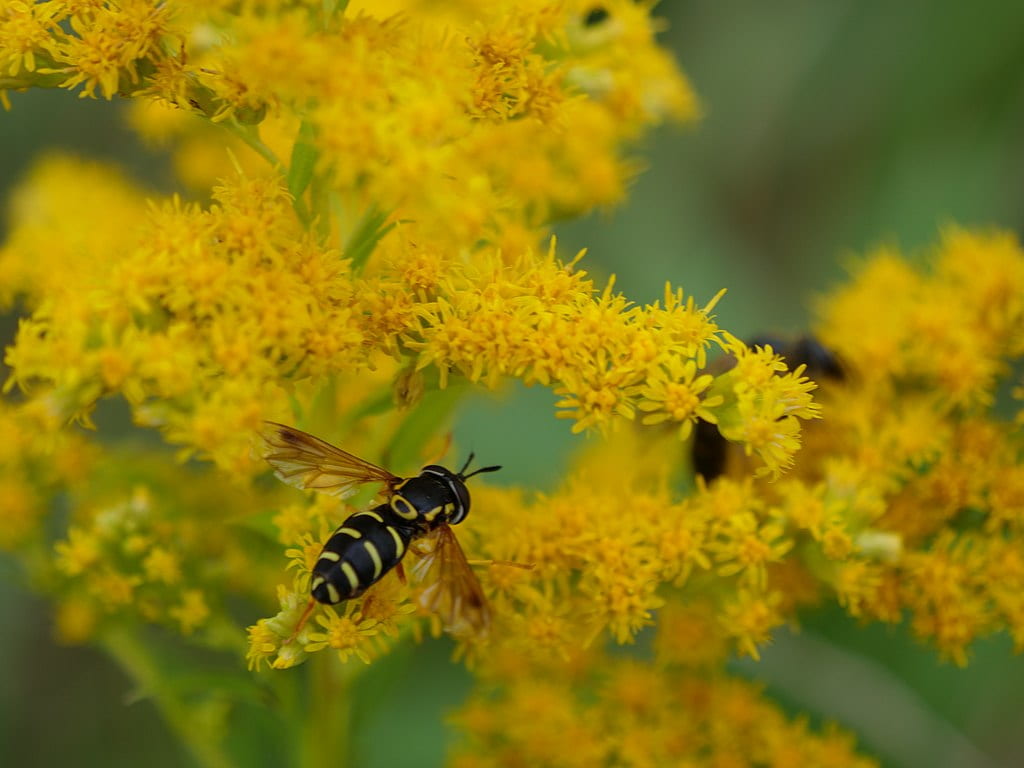
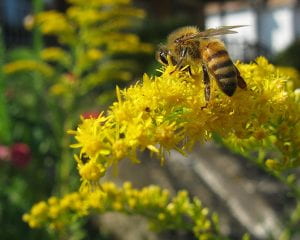
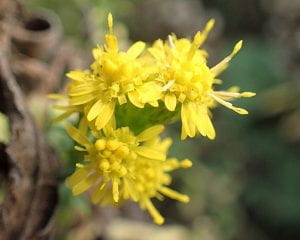
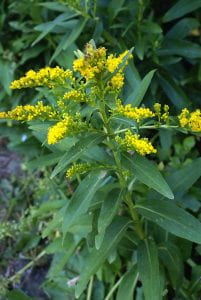
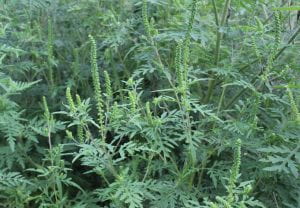
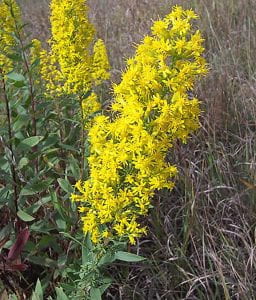
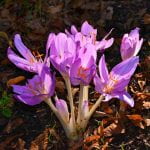
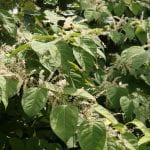
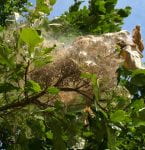
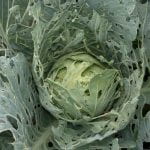
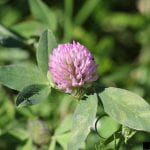
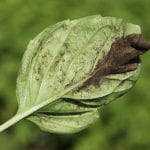
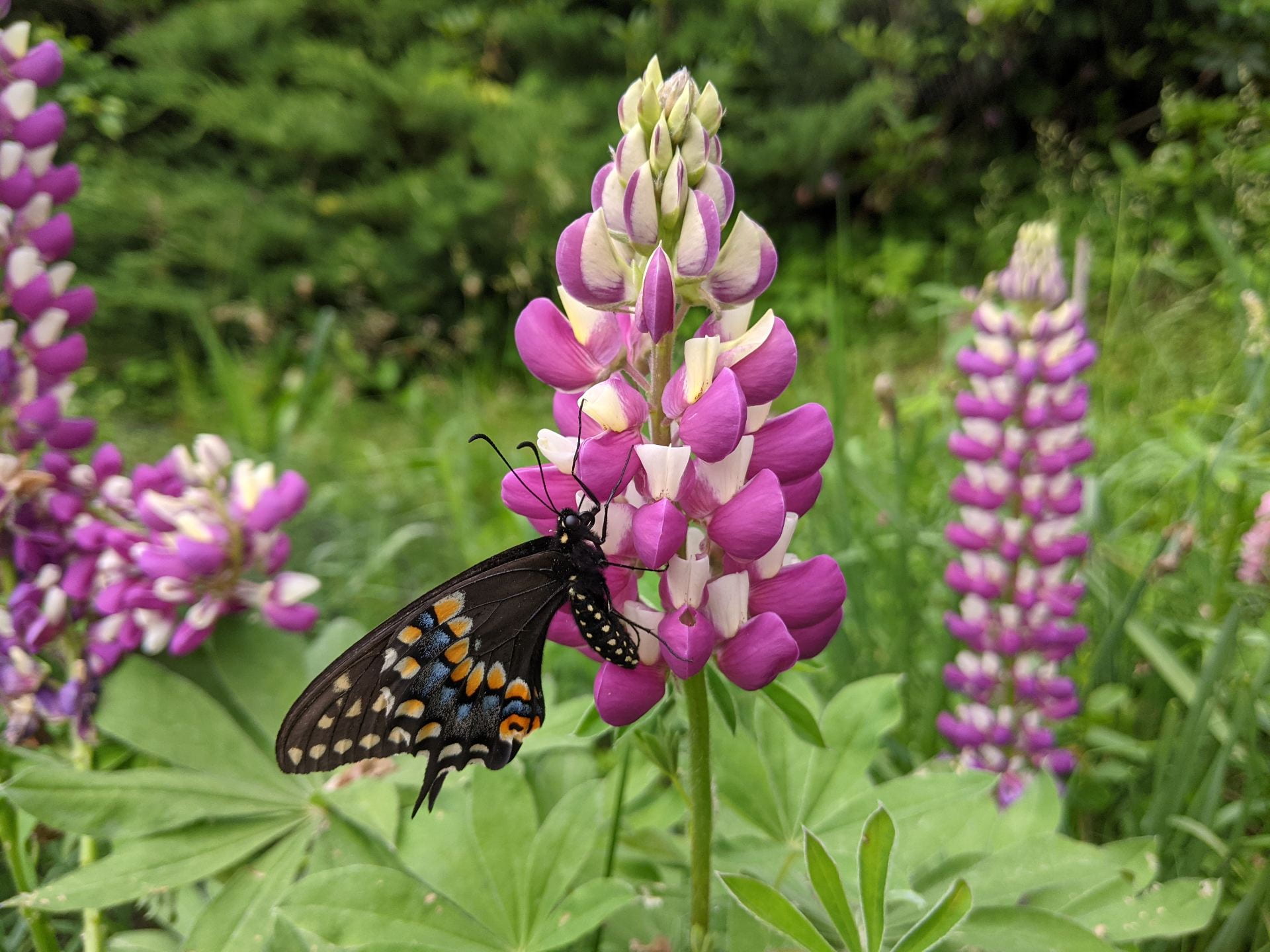
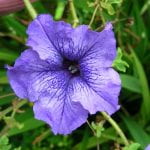 Keep weeding and mulching.
Keep weeding and mulching.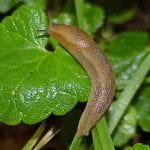 Check your garden for
Check your garden for 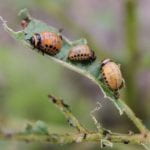
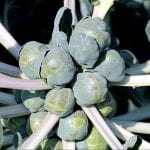
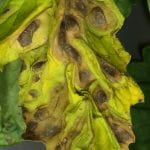
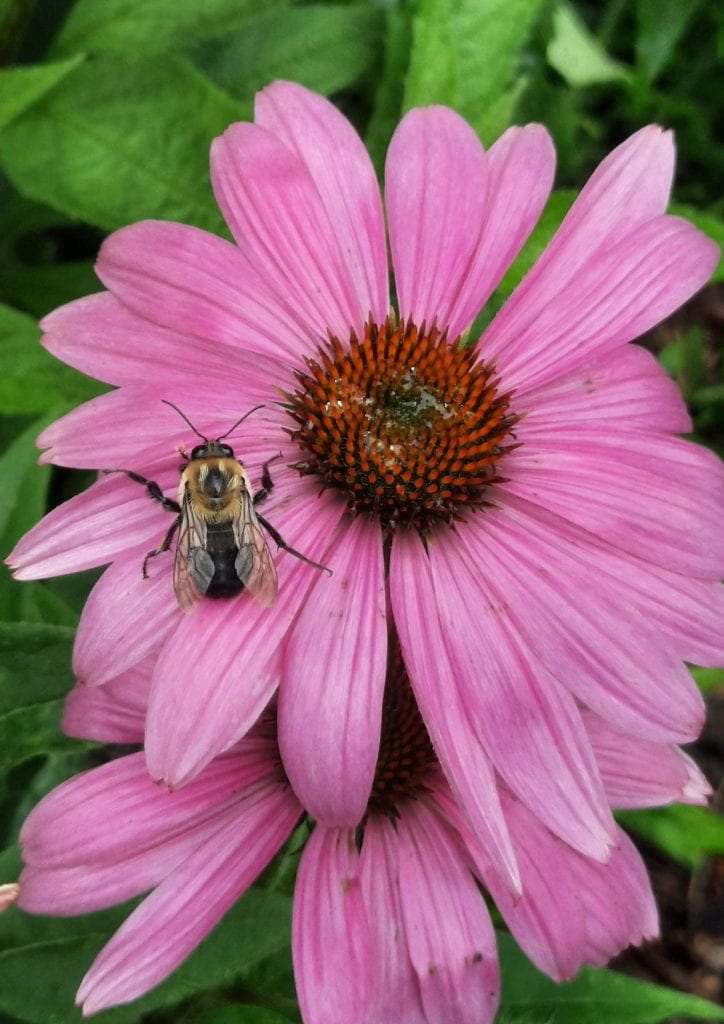
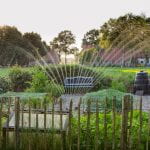
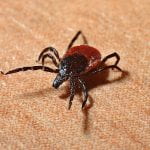 Do a daily
Do a daily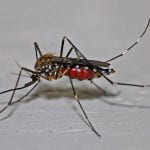 Dump out any standing water from containers in your yard to prevent mosquito breeding.
Dump out any standing water from containers in your yard to prevent mosquito breeding.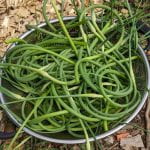
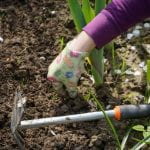 Most vegetable plants need about
Most vegetable plants need about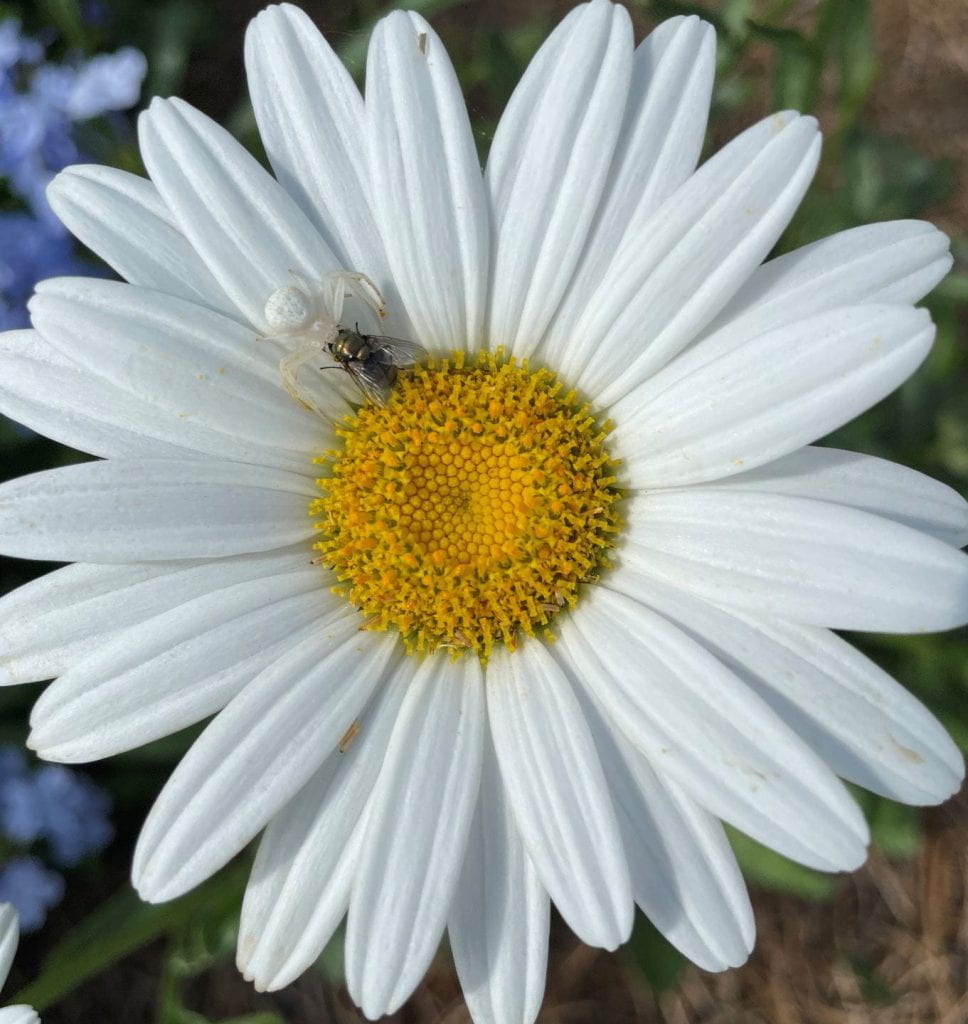











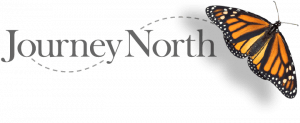
 i-Naturalist
i-Naturalist
